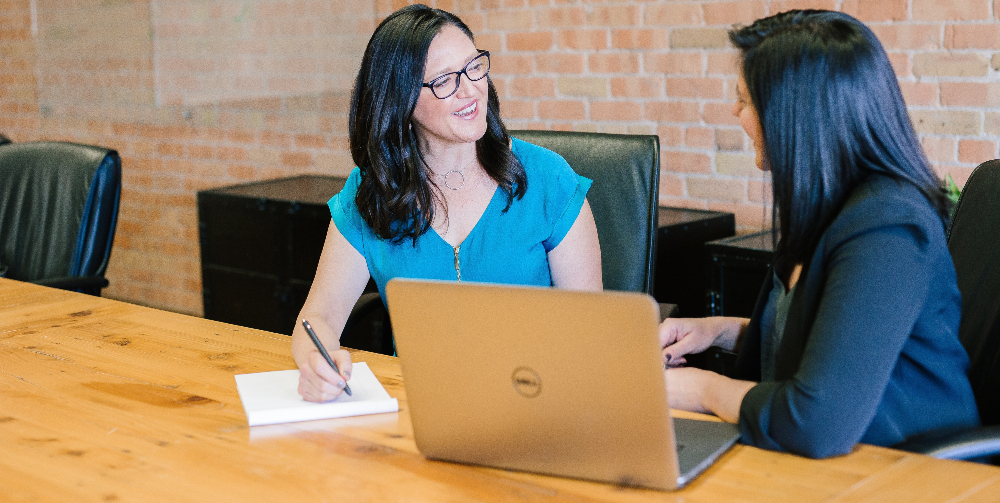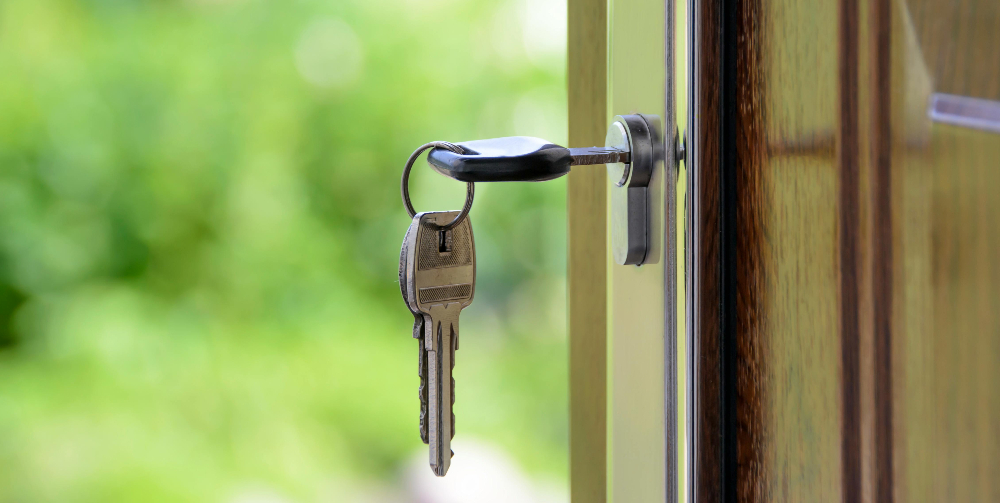 18 Jan, 2024
18 Jan, 2024
Landlord Rights and Responsibilities: How to Protect Yourself
Landlord rights and responsibilities can be confusing.
You might be wondering, what falls under your responsibility, your tenant’s responsibilities, or that of a letting agency (if you’ve chosen to hire one).
However, if you’ve taken the decision to let out your house, there are some things you need to be aware of to make sure you don’t get into any trouble! Even if you have partnered with a letting agency to manage the process on your behalf, as a landlord, you’re still responsible for meeting your obligations.
Whilst tenants need to understand how to protect themselves, you need to know how to protect yourself too. This ensures that the tenancy runs smoothly and that no legal action is taken against you.
If you’re a first time landlord, this can be even more daunting as you’re trying to wrap your head around the process. That’s why we’ve put together this guide to help you navigate different landlord responsibilities in Scotland.
Let’s start with the first step.
Register as a landlord
Before renting out your property, it is essential to fulfill a key legal responsibility by registering as a landlord with the local council. Exceptions to this include:
- Residency with tenant: If you live in the property with the tenant.
- Subletting from another landlord: If you are subletting a property that you rent from someone else.
- Family member rental: If you are renting the property exclusively to a family member, with the exception of cousins.
Upon successful registration, you need to include your assigned landlord registration number in certain documents and communications. This includes:
- Adverts: Displaying the landlord registration number on any advertisements related to the property.
- Tenancy agreement: Including the registration number into the tenancy agreement.
- Deposit protection: Ensuring the registration number is clear when safeguarding the tenant's deposit.
This approach not only ensures legal compliance but also promotes transparency and accountability within the landlord-tenant relationship.
There are two options for you to register, links of which can be found below:
- Apply online on the Scottish Landlord Register
- Contact your council's landlord registration team on mygov.scot

Partner with a letting agency
You might find it easier to partner with a letting agency when it comes to renting out your house for the first time.
It can be a difficult process to navigate and having these people by your side can be a huge relief as you can call on them when you have queries or anxieties about the property. They work in this industry day-in, day-out so they’ll be able to manage the legal side of things without you tying yourself up in knots!
Some of the services they provide include:
- Advertising the property
- Holding viewings
- Screening tenants
- Property valuation
- Inspecting the property
- Tenancy agreement drafting
- Tenant communication
- Eviction procedures
- Legal compliance
At Saltouns, we’ve worked in lettings since 2002, helping lots of landlords secure reliable tenancies without disrupting their day-to-day life.
However, landlord responsibilities include repairs and protecting deposits so both of these will still be down to you.
More information can be found below:
Property Repairs and Maintenance
Landlords are responsible for ensuring that the property meets the Repairing Standard, a legal requirement in Scotland. This involves maintaining the structure and exterior of the property, installations for the supply of water, gas, electricity, sanitation, heating, and more. Landlords typically handle repairs and maintenance directly or through contractors.
Deposit Protection
Landlords must protect their tenants' deposits using a government-approved tenancy deposit scheme (which we have listed below). This involves placing the deposit in a designated account and providing the tenant with specific information about the deposit protection within a certain timeframe. The landlord is responsible for ensuring compliance with deposit protection regulations.
Secure a deposit and rent in advance
As a landlord, you are allowed to collect a maximum deposit of 2 months' rent.
However, If you choose to collect rent in advance, the maximum amount permissible is 6 months' rent. It’s key to note that any charges beyond deposit and rent in advance, such as holding deposits or key money, are considered unlawful fees.
Tenants have the right to reclaim such fees if the case goes to court.
The purpose of a deposit is to cover expenses related to:
- Property damage caused by the tenant
- Unsettled energy or phone bills
- Unpaid rent upon the tenant's departure
- Cleaning costs incurred due to the property being left in suboptimal condition
It is prohibited to deduct money from the deposit during the tenancy, and the deposit cannot be used for normal wear and tear (such as carpets).
Using a tenancy deposit scheme
You’ll need to protect the deposit in a tenancy deposit scheme using one of the schemes listed below:
You need to safeguard the tenant's deposit within 30 working days from the start of the tenancy. Failure to do so may render you liable to compensation claims from the tenant.
When securing the deposit, you need to provide the tenant with information such as:
- Deposit amount: State the amount of the deposit.
- Receipt date: Inform the tenant about the date on which you received the deposit.
- Protection date: Specify the date on which the deposit was put into a tenancy deposit scheme.
- Scheme information: Tell them the name of the deposit protection scheme with which the deposit is secured.
The deposit scheme serves as a secure repository for the deposit throughout the duration of the tenancy.
When it ends, you have the opportunity to inform the scheme of any deductions you want to make from the deposit. In the event of a dispute between you and the tenant regarding these deductions, the deposit scheme typically offers a solution to address and resolve such disputes amicably.

Keep the property safe
Ensuring the safety of the rented property needs to be a top priority for any landlord. This relates to various areas including maintaining secure entry points, such as doors and windows, to prevent unauthorised access.
Landlords should also regularly inspect and maintain essential safety features, such as smoke alarms and carbon monoxide detectors, to make sure they are functioning currently.
When it comes to fire safety, all rented homes must have:
- One smoke alarm in the living room or room you use most
- One smoke alarm in every hallway or landing
- One heat alarm in the kitchen
Moreover, identifying potential hazards within the property, such as electrical issues or structural concerns, is vital to creating a safe living environment for tenants.
When repairs arise, landlords must respond promptly and carry out safety assessments to identify and rectify any emerging safety issues. By prioritising the safety of the property, landlords not only fulfill their legal obligations but also contribute to the well-being and satisfaction of their tenants.
Carry out a risk assessment for legionella
Carrying out a comprehensive risk assessment for legionella is a crucial part of a landlord's responsibilities.
Legionella is a bacterium that can proliferate in water systems, posing health risks to occupants, making it essential for landlords to take measures.
A thorough legionella risk assessment involves evaluating the property's water systems, including hot and cold water storage tanks, pipes, and any other potential breeding grounds for legionella bacteria.
As part of this, landlords should consider factors such as water temperature, stagnation, and the presence of biofilm, as these conditions can increase the growth of legionella.
To ensure the safety of tenants, landlords should implement control measures based on what they find in the risk assessment. This may involve adjusting water temperatures, cleaning and disinfecting water storage tanks, and ensuring proper ventilation of areas with water systems.
It’s also important to keep detailed records of risk assessments and any actions taken, as this demonstrates compliance with legal requirements.
Landlord Rights and Responsibilities: How to Protect Yourself
At Saltouns, we want to make the process of becoming a landlord as easy and as straightforward as possible. We understand how stressful this can be which is why we offer a landlord package worth up to £1000. This covers free EPC, free gas and PAT testing, and a free legionella risk assessment, saving you the time and cost of conducting this yourself. Find out more about our offer here.
Understanding different landlord responsibilities is key if you’re planning to let out your house.
Especially if you’re new to renting out property in Scotland, it’s important to get to grips with the legal obligations and responsibilities that come with being a landlord.
While letting agents are useful and can take care of many of these duties for you, final responsibility rests with you, the landlord. As such, it’s wise to be clued up before you start so that you stay on the right side of the law.
There’s a lot to understand, but by following the steps outlined in this blog you can make sure everything is in order before you hand over the keys to a tenant.
At Saltouns, we’re proud to have a knowledgeable and local lettings team working on your behalf. We'll make your investment more profitable and your life easier by taking care of the process ensuring the tenancy runs smoothly. We’ve been in the market since 2002 and we have established ourselves as trusted partners in property management. To find out how we can help, get in touch.